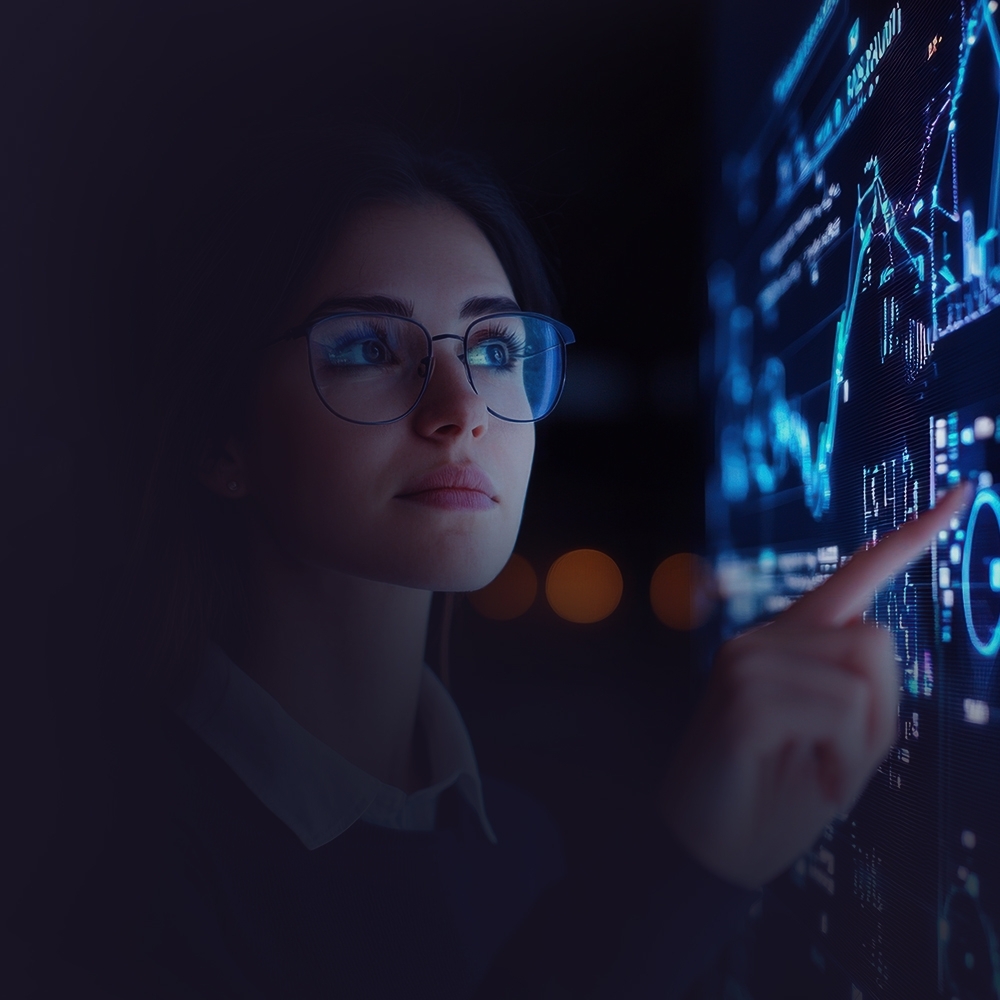19.08.2025
Businesses may be deterred from taking steps to acquire IP rights because of the associated costs; however, when acquired strategically, IP rights can provide a substantial revenue stream. Following on from the first article in this series, the following considers how patents, trade secrets, and more may be monetised in practice, particularly in the field of AI.
Thank you
Licensing can provide a revenue stream for trade secrets. However, when considering whether to license a trade secret it is crucial to bear in mind:
(1) how easy it will be to keep an idea secret,
(2) how commercially valuable the idea is to the business, and
(3) the likely evolution of that value over time.
These considerations help divide trade secrets into two groups: those which concern features of a product or process which may best generate revenue by providing a competitive edge in the market and those which may provide more financial benefit through licensing. The first group includes trade secrets which can reliably be kept secret, are financially valuable, and are likely to maintain their value over time. The second includes those trade secrets which are commercially valuable but may not hold their value over time, such that the available window for generating profit therefrom is limited, or may be difficult keep secret. Members of the second group are likely to provide greater benefit as licensed trade secrets given their reduced longevity. In one case, the information protected by the trade secret may be at risk of leaking into the public domain, such that its secrecy is time-limited. In the other case, advancements from competitors may surpass that which is protected by the trade secret, such that the opportunity for generating increased profits through a market-leading product or service is time-limited.
For example, in AI, a Machine Learning (ML) model may slowly leak specific underlying features, or elements of training data, when responding to user queries. Therefore, these features of the ML model may only present limited windows for generating profit. However, if trade secrets regarding these features were licensed to third parties, more profit may be generated in this window. Moreover, the licensing payments may even extend beyond a time at which the licensor predicts the profitability window closing.
When licensing a trade secret, the licensing agreement must clarify a number of key elements to maximise the value of the license to the licensor. The licensee must be made aware of their obligations regarding confidentiality and any measures they are expected to put in place to maintain secrecy. Failure to do so may lead to the secret being leaked into the public domain unwittingly by the licensee.
Moreover, a licensing agreement must clearly define precisely what information is to be held in confidence. If this is unclear, then the licensee may openly discuss information which they are unaware is intended to be kept secret.
The licensing agreement should also include a description of the licensor’s right to audit the requirements placed on the licensee. This ensures that both the licensor and licensee are in agreement regarding checking the maintenance of the information as a secret and having appropriate measures in place to do so.
Crucially, when negotiating the license, the payment structure should be clearly laid out and designed to mirror the evolution of value of the trade secret to the licensee. For example, it is often the case that the majority of the value of obtaining a license for a trade secret is realised upon the initial transfer of the secret. In such cases, payments should generally be front-loaded.
Extracting value from patents comes in many forms, most notably, preventing competitors from using key features of a product to maintain a competitive edge. This may be furthered by enforcing patents if a competitor were to infringe. However, there are other ways to monetise a patent. Similarly to that described above with regards to trade secrets, when an innovation protected by a patent is either difficult to detect in a product or has only a limited time window in which it is likely to provide a competitive advantage, the patent may provide more value through licensing. In the first case, the lack of detectability can make bringing infringement claims against a competitor more difficult, limiting the extent to which competitors are prevented from using the key features protected by the patent. In the second case, where the patented innovation may provide a market-leading product for only a limited time, licensing the patent can maximise the profit generated in the limited time window and the associated payment structure may even be designed such that further profits are made after the time by which the licensor forecasts the profit window to have closed.
In either case, patents may be entered into a patent pool joining patents belonging to other patentees and making a single license available including a number of patents owned by different members of the pool. This can be particularly effective when several patents owned by separate entities protect features which may be used together in one product. Moreover, in many cases, R&D can be geared towards the development of patentable inventions which are intended solely for licensing to third parties. Building a large portfolio of licensed patents can generate considerable, consistent revenue. Alternatively, patents can be used as a security for loans and credit. Additionally, in the UK, patents can also be used to reduce the tax burden on a business through the Patent Box scheme.
In addition to trade secrets and patents, profit can be generated from bespoke datasets. There are a number of options when monetising datasets, most notably, through licensing the raw data or training a ML model using the data, to then provide as a product. When deciding to make use of one or both of these two options, training and providing a model may feel safer because the raw data is not being shared. However, it is generally understood that ML models often leak a portion of the data when responding to user queries. More specifically, competitors may submit specific queries intended to extract information about specific elements of a training dataset, often referred to as data mining. Such mining may be hindered by designing a payment structure which prevents the high query volumes associated therewith. For example, the cost to a user placing 50 queries may be considerably cheaper, per query, than for a user placing 1,000.
Moreover, it is important to consider which parts of a dataset are the most valuable. Generally, less common data points at the edge of a dataset are the most valuable parts of a dataset. Therefore, licensing agreements for the raw data or payment schemes for a trained ML model may be structured such that accessing the edge cases of your data is more expensive.
It is clear from the above that, to optimise the profitability of an IP portfolio, the IP right used to protect each innovation should be carefully selected and utilised strategically, taking a number of key factors into consideration. For additional details on this, please refer to our recent webinar entitled Setting your IP Strategy for 2025 - Strategic Patent and trade secret Portfolio Development presented by Colin Paterson and Kimberly Bayliss.

21.10.2025
Accelerated Patent Grant: Timeline-Based Guide for Climate Tech InnovatorsFor climate tech startups, securing a granted patent swiftly can be commercially critical - whether that is for attracting investment, deterring competitors, supporting licensing, or obtaining ‘Patent Box’ tax relief.

15.09.2025
Where are the Women? The Innovation Gender GapWomen are still vastly underrepresented in patent filings, being named inventors for less than 18% of international patent applications. Amelia Ross explores more about the gender gap in her latest article.
Thank you